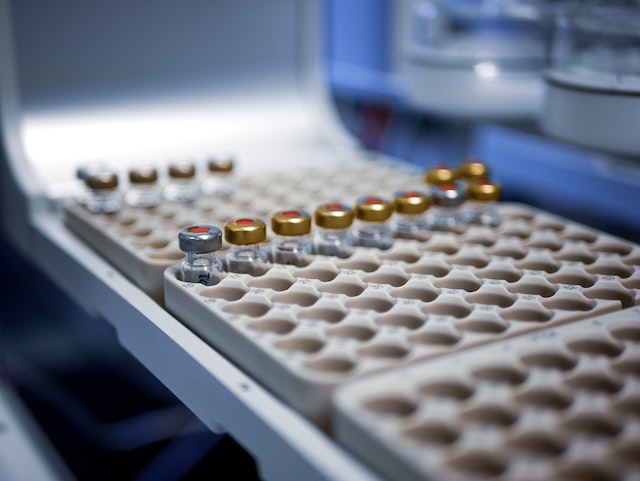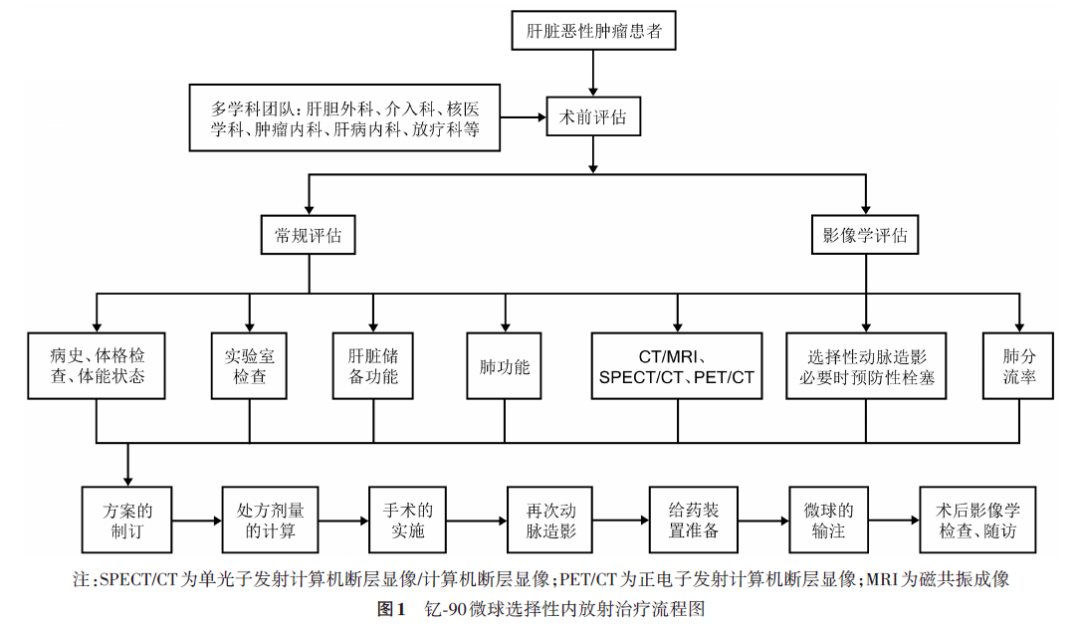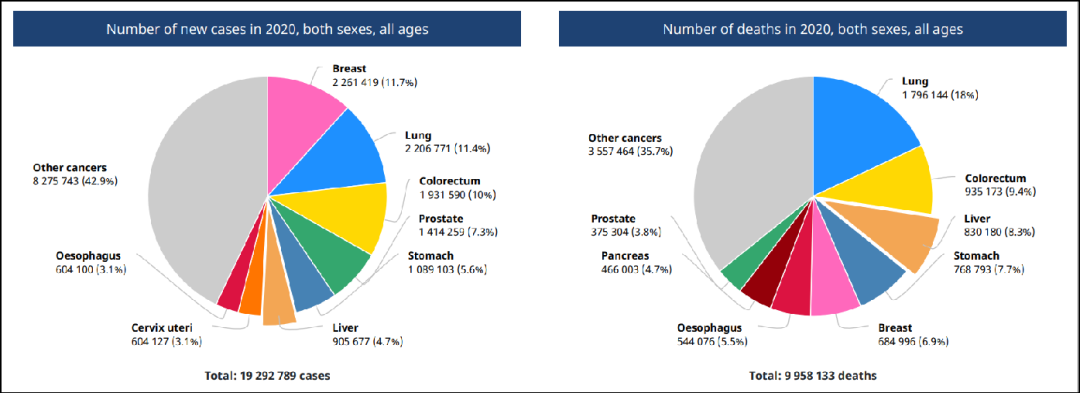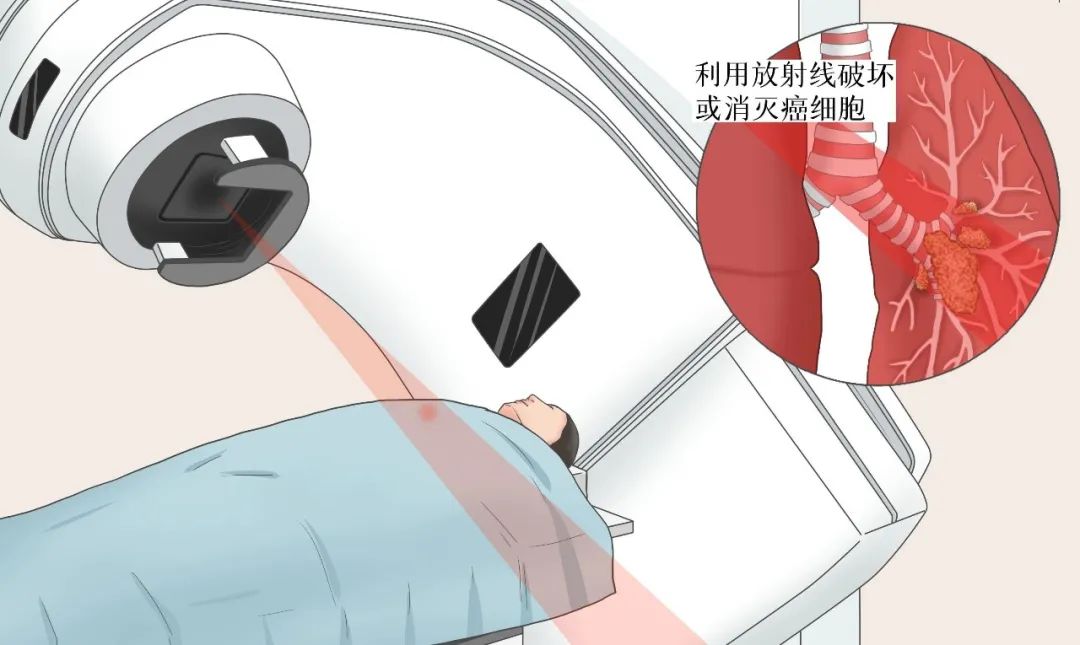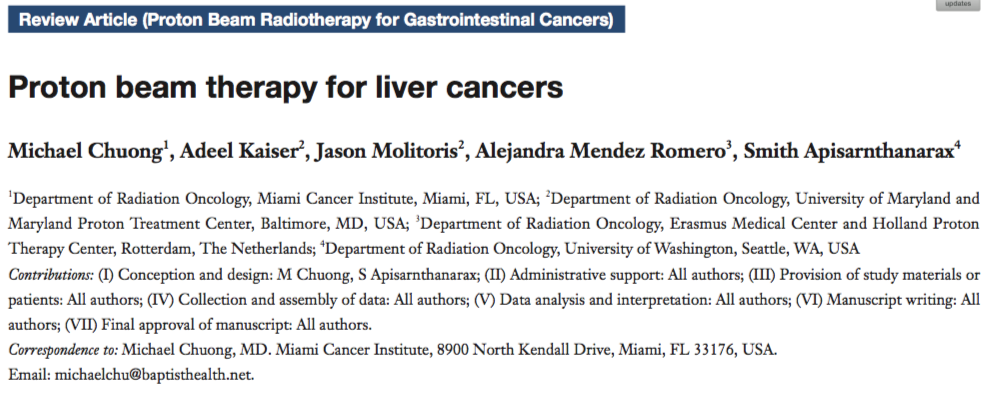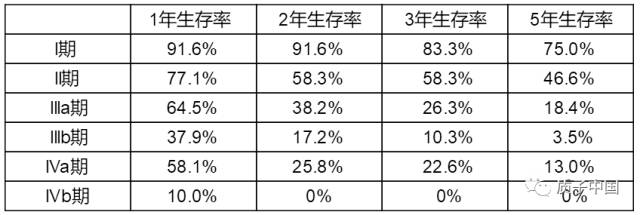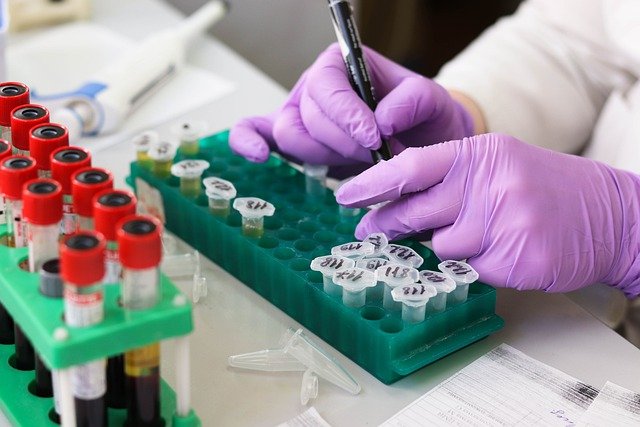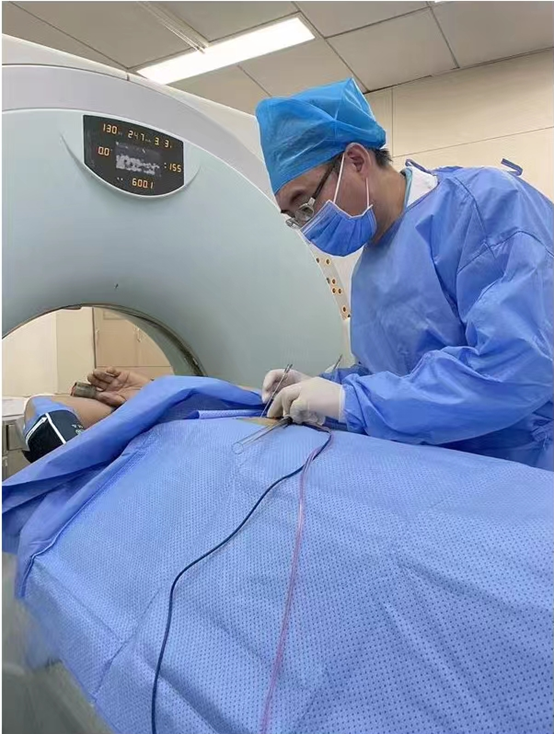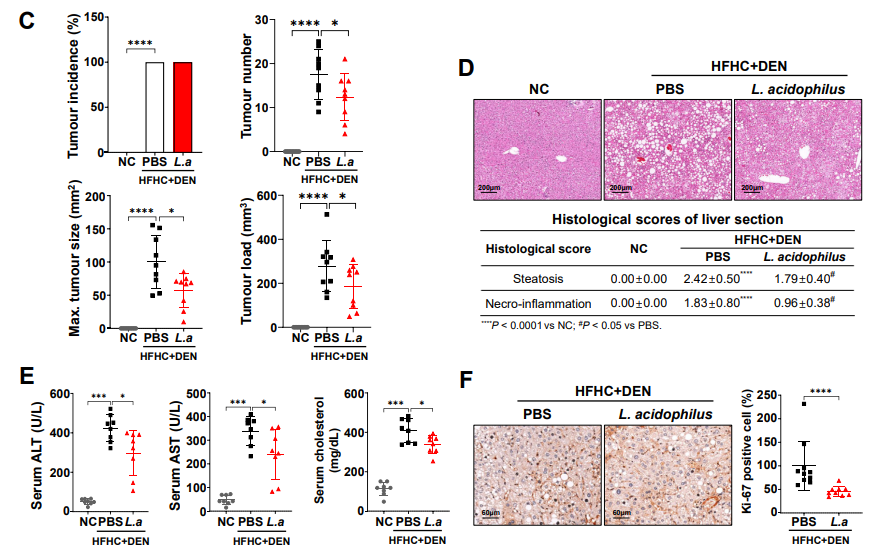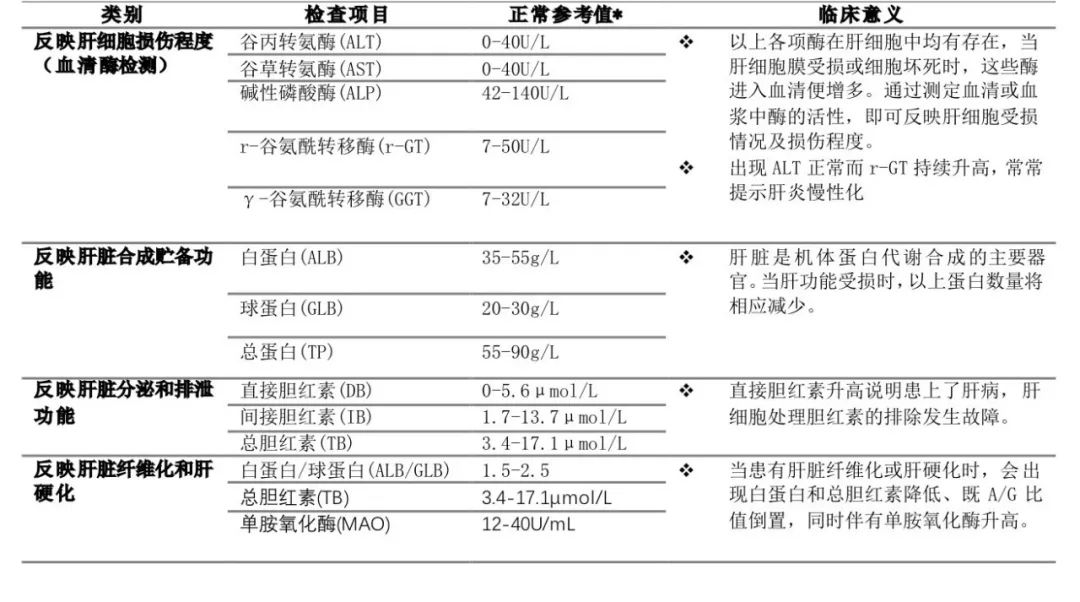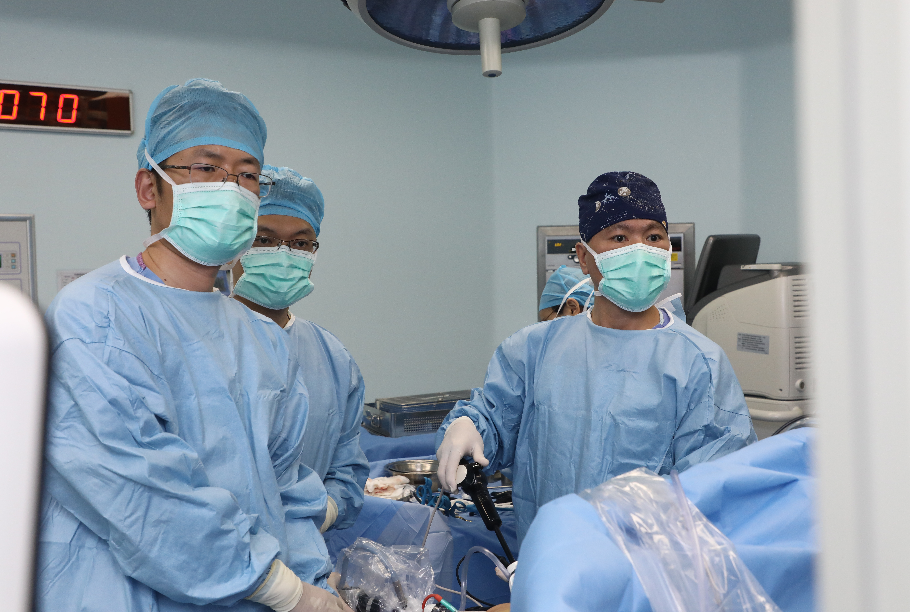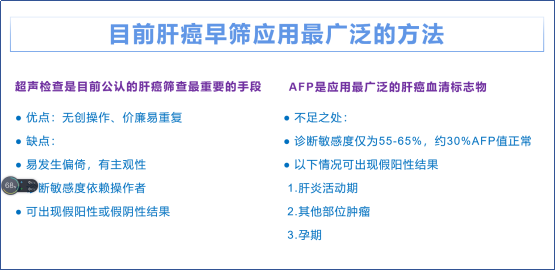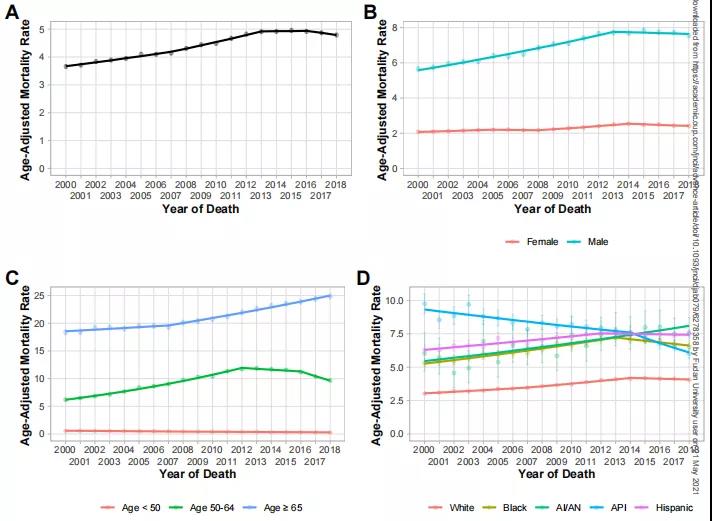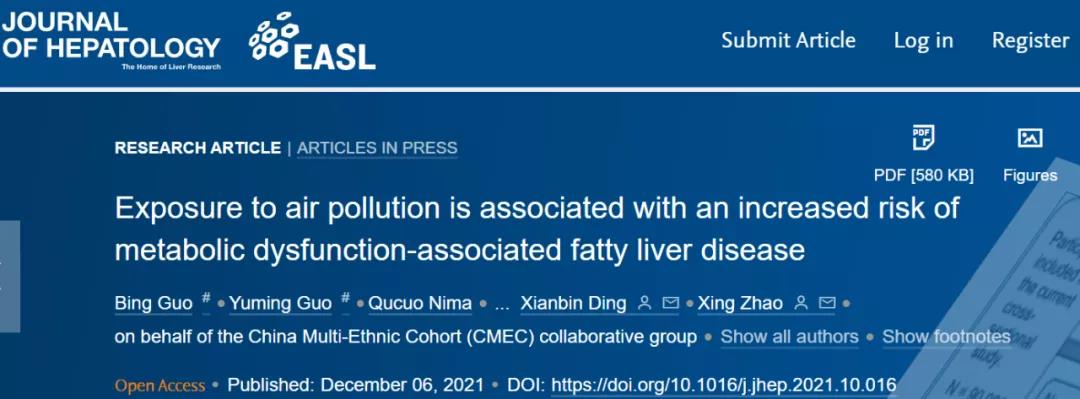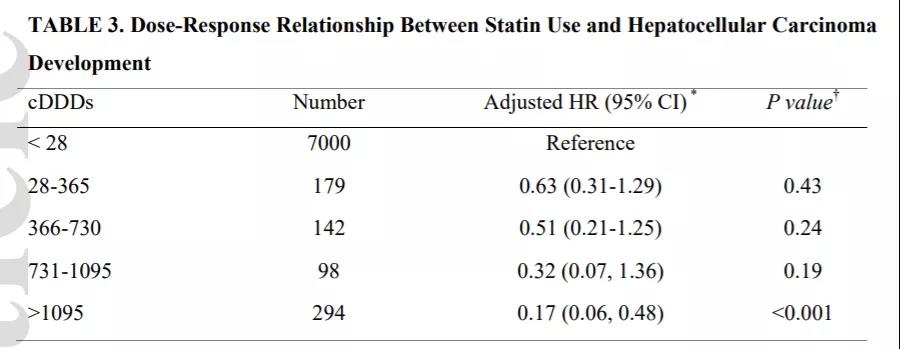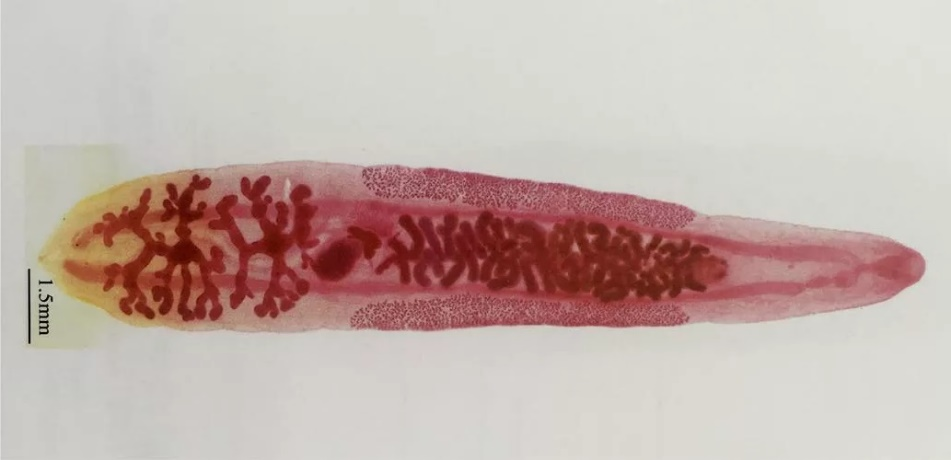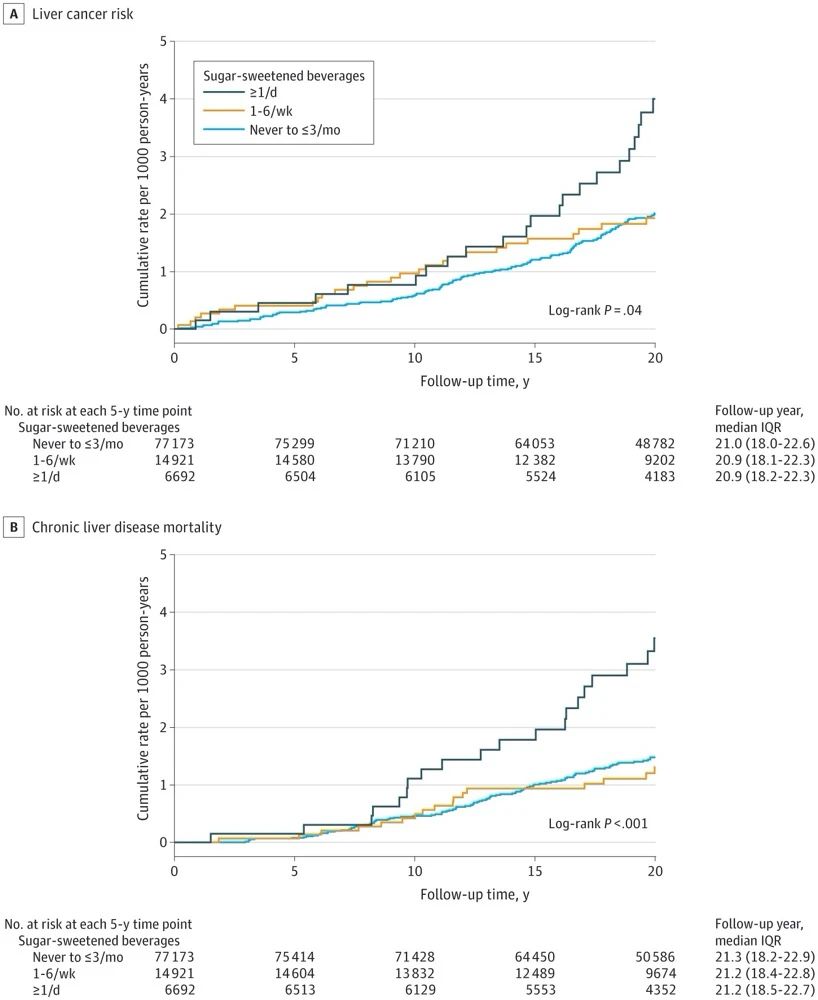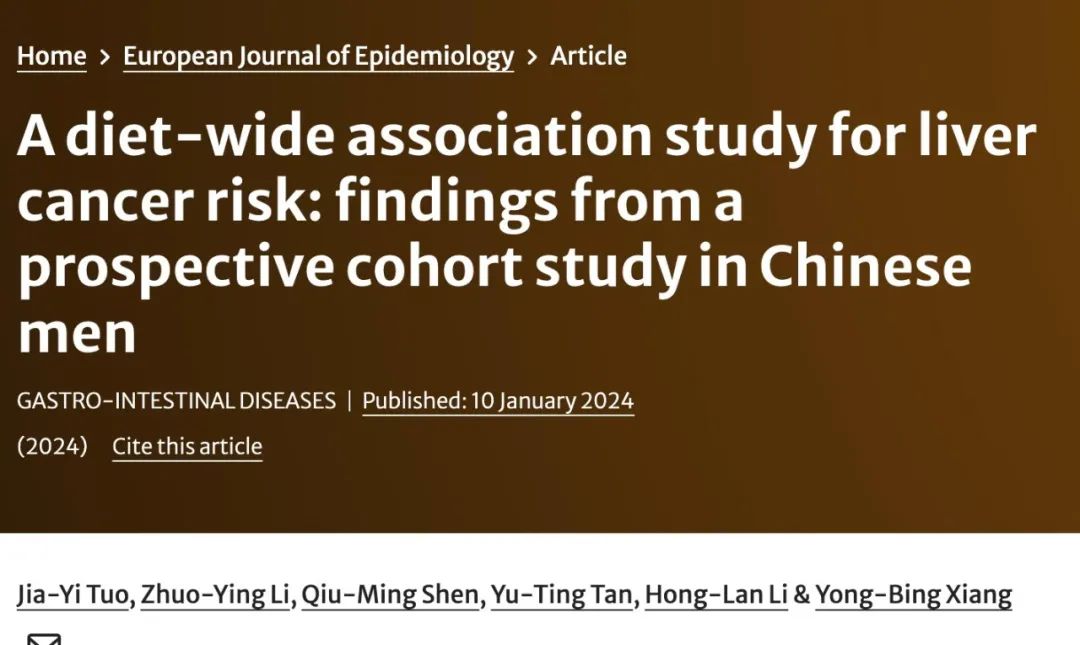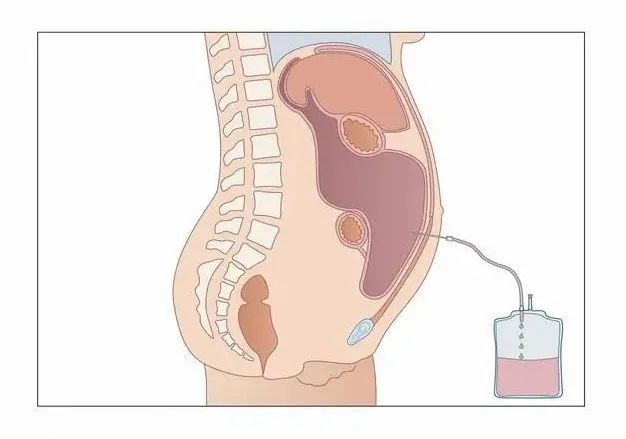肝移植是肝癌手术根治性治疗手段之一。中国肝癌患者符合肝移植标准的比例有限,即使完成了肝移植手术,肿瘤复发亦是肝移植术后面临的主要问题。据文献报道有75%的患者在肝移植术后2年内肿瘤复发转移,病情进展迅速,复发转移后患者的中位生存时间约为1年1,术后5年肿瘤复发率达20.0%~57.8%2。因此复发转移的防治十分重要。 有效降复发,提高pCR,减少MVI是关键 肝癌根治术后标本的病理学评估(pCR:病理完全缓解)、大血管和微血管侵犯(MVI)、肿瘤的形态学特征(大小、数目等)、组织学分级以及AFP、异常凝血酶原等肿瘤标志物,均为预测肿瘤预后的重要指标2。 有研究证实,pCR与肝移植局部治疗相关,与肿瘤复发率降低和移植后生存率提高相关,病理性坏死程度已被确定为移植后复发和总生存率的独立预测因素3。另有多变量分析也发现Y90-SIRT是pCR的显著影响因素4。一项回顾性研究对比了在肝移植前接受DEB-TACE或钇90微球治疗的患者结局,发现钇90微球可显著提高pCR率(69.2% vs 21.4%,p<0.005)5,患者接受钇90微球治疗的放射性比活度越高,病理学坏死比例越高6。Mohamed等分析了接受Y90、SBRT、TACE、RFA作为移植前桥接治疗的结果,发现Y90治疗可显著提高患者的肿瘤坏死率,pCR率为75%,可有效降低移植后复发风险,中位随访35个月,Y90治疗组无复发/死亡患者7。 MVI也称微血管浸润,主要指在显微镜下于内皮细胞衬覆的血管腔内见到癌细胞巢团8。MVI是肝细胞癌侵袭性生物学行为相关的组织学特征,是预测肝移植复发的最关键因素之一。有研究纳入8项研究进行荟萃分析,发现MVI与肝移植术后肿瘤复发风险升高及远期生存降低密切相关9。一项Ⅱ期前瞻性临床试验对比了TACE和Y90用于桥接治疗的结果,研究发现在降低外植体微血管侵犯上,Y90显著优于TACE(3.6% vs 27%,p=0.001),3年生存率和无复发生存率明显优于TACE,说明Y90用于肝移植的桥接治疗,可以降低术后复发风险,改善移植后生存10。 SIRT强力降复发,延长生存 钇90微球可提高pCR、降低MVI,已被证实可以有效降低患者复发,患者的长期生存获益情况如何?一项回顾性研究对207例经过钇90微球治疗后接受肝移植的HCC患者进行了长达15年的随访。研究结果显示,从接受钇90治疗并完成肝移植后统计,患者的中位无复发生存时间(mRFS)为120个月,中位总生存期(mOS)达到150个月,术后10年无复发率达到76%11。随着钇90在肝脏肝移植桥接、降期的应用越来越广泛,如下表展示的多项研究数据7,10-17显示,经钇90治疗后患者的复发率较低,给患者带来了显著的生存获益。 结语 作为肝癌肝移植桥接、降期的新选择,钇90微球“核武器”可以有效缩瘤降期、帮助患者稳定度过预期较长的移植等待期,疗效已被多项临床研究证实并陆续获得国际、国内权威指南推荐。通过提高pCR,显著减少外植体的微血管侵犯,降低复发风险,从而使患者获得较长的生存获益。同时钇90微球选择性内放射治疗属于介入微创局部治疗,治疗次数少且无明显不良反应发生,极大提高了患者的生活质量18。未来,期待钇90微球可以帮助更多患者走上治愈之路。 参考文献: 1. 中华人民共和国国家卫生健康委员会 . 原发性肝癌诊疗指南(2024年版)[J]. 临床肝胆病杂志, 2024, 40(5): 893-918. 2. 中国医师协会器官移植医师分会, 中华医学会器官移植学分会肝移植学组. 中国肝癌肝移植临床实践指南(2021版)[J/CD].中华移植杂志:电子版,2021,15(6): 321-328. 3. DiNorcia J, Florman SS, Haydel B, et al. Pathologic response to pRETransplant locoregional therapy is predictive of patient outcome after liver transplantation for hepatocellular carcinoma: analysis from the US multicenter HCC transplant consortium. Ann Surg 2020; 271:616–624. 4. Sarwar A, et al. Factors Associated With Complete Pathologic Necrosis of Hepatocellular Carcinoma on Explant Evaluation After Locoregional Therapy: A National Analysis Using the UNOS Database. AJR Am J Roentgenol. 2023;220(5):727-735. 5. A. Arepally, et al. Frequency of complete pathological necrosis in HCC of explanted livers: radioembolization with resin vs drug-eluting beads with doxorubicin. Journal of Vascular and Interventional Radiology 2017.28(2):S75 6. Toskich B, et al. Pathologic Response of Hepatocellular Carcinoma Treated with Yttrium-90 Glass Microsphere Radiation Segmentectomy Prior to Liver Transplantation: A Validation Study. J Vasc Interv Radiol. 2021;32(4):518-526.e1. 7. Mohamed M, et al. Comparison of outcomes between SBRT, yttrium-90 radioembolization, transarterial chemoembolization, and radiofrequency ablation as bridge to transplant for hepatocellular carcinoma. Adv Radiat Oncol. 2015;1(1):35-42. 8. 原发性肝癌规范化病理诊断指南(2015版)[J].临床与实验病理学杂志,2015,(3):241-246. 9. Rodríguez-Perálvarez M, Luong TV, Andreana L, Meyer T, Dhillon AP, Burroughs AK. A systematic review of microvascular invasion in hepatocellular carcinoma: diagnostic and prognostic variability. Ann Surg Oncol. 2013;20(1):325-39. 10. Zori AG,et al. Locoregional Therapy Protocols With and Without Radioembolization for Hepatocellular Carcinoma as Bridge to Liver Transplantation. Am J Clin Oncol. 2020;43(5):325-333. 11. Gabr A,et al. Liver Transplantation Following Yttrium-90 Radioembolization: 15-Year Experience in 207-Patient Cohort. Hepatology. 2021;73(3):998-1010. 12. Abdelfattah MR,et al. Radioembolization using yttrium-90 microspheres as bridging and downstaging treatment for unresectable hepatocellular carcinoma before liver transplantation: initial single-center experience. Transplant Proc. 2015;47(2):408-11. 13. Dendy MS, et al. Infiltrative Hepatocellular Carcinoma With Portal Vein Tumor Thrombosis Treated With a Single High-Dose Y90 Radioembolization and Subsequent Liver Transplantation Without a Recurrence. Transplant Direct. 2017;3(9):e206. 14. Heckman JT, et al. Bridging locoregional therapy for hepatocellular carcinoma prior to liver transplantation. Ann Surg Oncol. 2008;15(11):3169-77. 15. Gabr A, et al. Comparative study of post-transplant outcomes in hepatocellular carcinoma patients treated with chemoembolization or radioembolization.Eur J Radiol. 2017;93:100-106. 16. Tohme S, et al. Yttrium-90 radioembolization as a bridge to liver transplantation: a single-institution experience. J Vasc Interv Radiol. 2013;24(11):1632-8. 17. Labgaa I,et al. Feasibility and safety of liver transplantation or resection after transarterial radioembolization with Yttrium-90 for unresectable hepatocellular carcinoma. HPB (Oxford). 2019;21(11):1497-1504. 18. Kallini JR, Gabr A, Salem R, et al. Transarterial radioembolization with yttrium-90 for the treatment of hepatocellular carcinoma. Adv Ther. 2016;33:699–714. 











